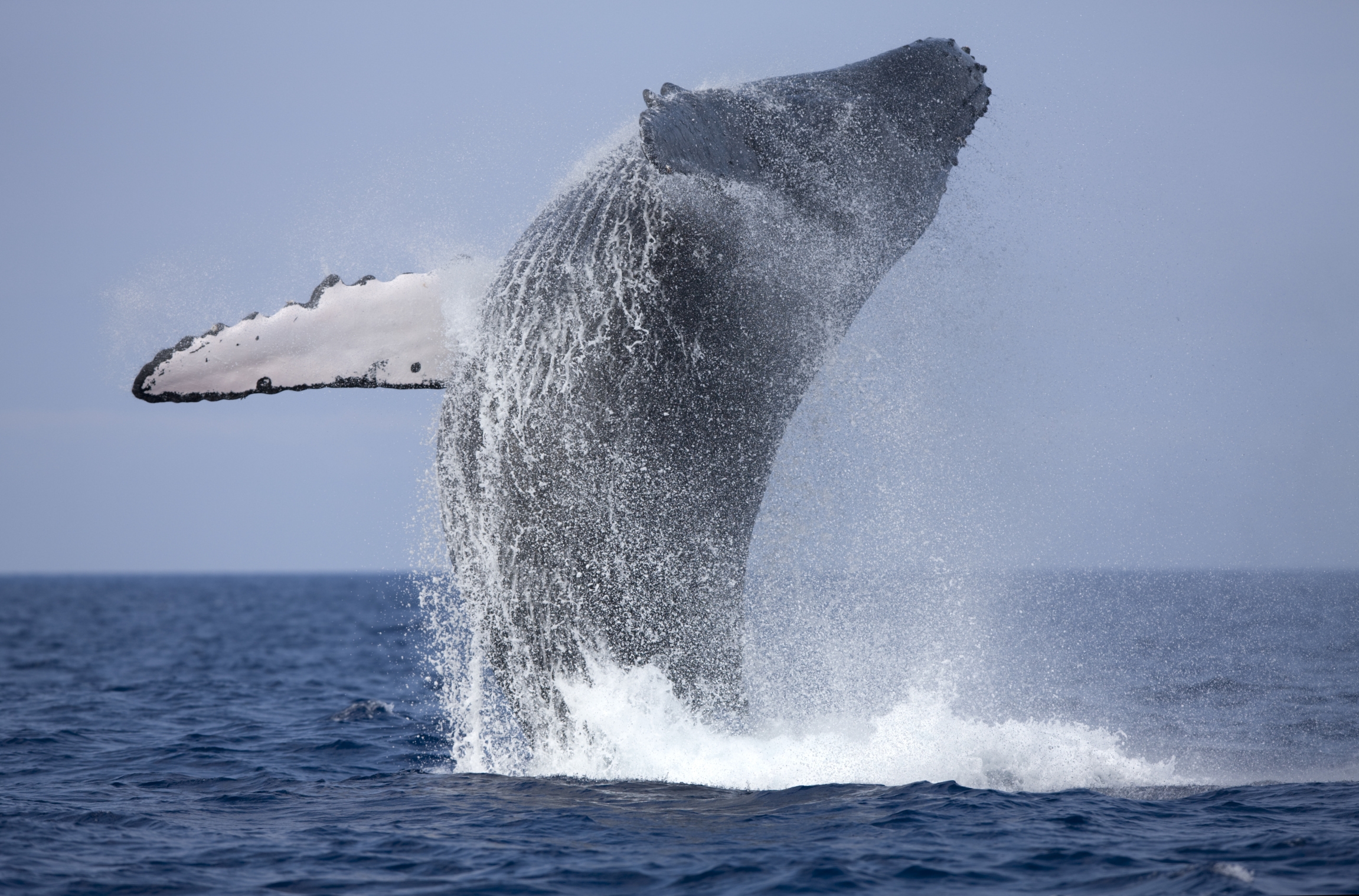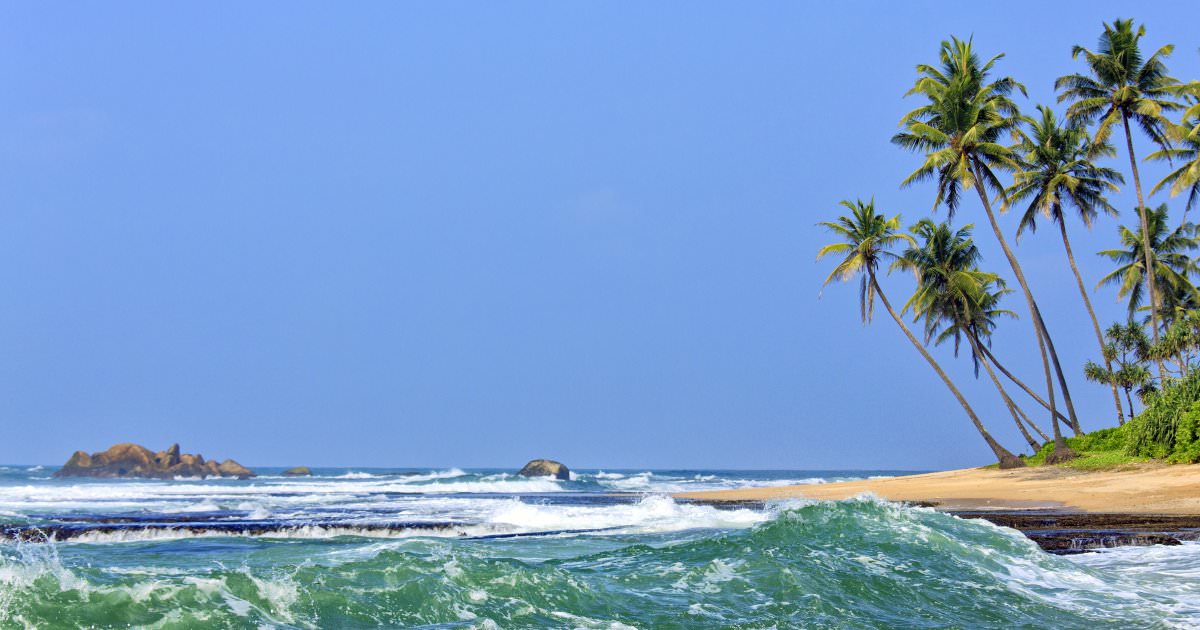
- Home
- Tour Itineraries
- Services
- About
- Articles
- Gallery
- Places
- World Heritage City in Kandy cultural tours
- Ancient city of Anuradhapura
- Adam’s Peak or Sri Pada
- Best Safari in Minneriya National Park tours
- Yala National Park | From the wild
- Ella biodiversity and nature town
- Little England Sri Lanka Trips & Luxury Tours
- Visit Dambulla Cave Temple – UNESCO Heritage
- Climb Sigiriya Rock Fortress – Expert Guided Tours
- Historic Galle Fort walking tour
- Luxury Sinharaja Rainforest Experience | Boutique Eco-Tours Sri Lanka
- Best Colombo tours for travelers
- Get a quote
- Home
- Tour Itineraries
- Services
- About
- Articles
- Gallery
- Places
- World Heritage City in Kandy cultural tours
- Ancient city of Anuradhapura
- Adam’s Peak or Sri Pada
- Best Safari in Minneriya National Park tours
- Yala National Park | From the wild
- Ella biodiversity and nature town
- Little England Sri Lanka Trips & Luxury Tours
- Visit Dambulla Cave Temple – UNESCO Heritage
- Climb Sigiriya Rock Fortress – Expert Guided Tours
- Historic Galle Fort walking tour
- Luxury Sinharaja Rainforest Experience | Boutique Eco-Tours Sri Lanka
- Best Colombo tours for travelers
- Get a quote
people and culture of sri lanka
Sri Lanka, an island nation of approximately 22 million people and culture (updated from the commonly cited 19 million), is celebrated not just for its stunning landscapes but for its remarkable cultural diversity. Often called the “Pearl of the Indian Ocean,” its true wealth lies in the vibrant mosaic of communities that have coexisted and influenced each other for centuries. Understanding these cultures is the key to a truly enriching travel experience.
The Sinhalese: Custodians of an Ancient Heritage
The majority of sri lankan traditions people are culture Sinhalese, constituting about 75 percent of the population. Their historical roots on the island run deep, tracing back over 2,500 years. Their language, sinhalese culture, is one of the nation’s two official languages and boasts a unique script and a rich literary history.
The sinhalese culture are predominantly Theravada Buddhists, and Buddhism is deeply woven into the fabric of daily life and national culture. This is evident everywhere—from the magnificent ancient temples and sacred cities of the Cultural Triangle (like Anuradhapura and Polonnaruwa) to the tranquil white-clad pilgrims you’ll see at sites like Adam’s Peak (Sri Pada). A smaller segment, roughly 8%, are Christians, a legacy of the Portuguese and Dutch colonial eras.
The Tamil Community: A Rich Legacy of Language and Faith gfhfg
The Tamil community, making up about 11 percent of the population (with additional Tamil populations in the Hill Country), is an integral part of Sri Lanka’s identity. Concentrated largely in the Northern and Eastern provinces, their Dravidian language, Tamil, is the country’s other official language.
The vast majority of sri lankan traditions Tamils are Hindus, and their vibrant temples with intricate, colorful statues of gods (Gopurams) are architectural landmarks in cities like Jaffna and Trincomalee. Their classical dance, Bharatanatyam, and culinary traditions add a ayurveda sri lanka distinct and essential flavor to the nation’s cultural scene.
The Sri Lankan Moors and Other Communities
A significant and unique community is the sri lankan traditions Moors, who comprise about 9 percent of the population. Predominantly Sunni Muslims, their ancestry traces back to Arab traders who settled on the island over a millennium ago. While they speak Tamil or sinhalese culture, their identity is distinctly defined by their Islamic faith and traditions. You’ll find their influence in the bustling spice and gem trading towns, the beautiful mosques dotting the coast, and the incredible culinary contributions like biryani and watalappan (a spiced coconut custard).
Additionally, there are smaller communities, including the Burghers (descendants of European colonists and Sri Lankans) and the Malays, who each add their own unique threads to the national fabric.
A Note for Travelers: Respect and Celebration
For visitors, this diversity is a gift. You might ayurveda sri lanka witness Buddhist pageants, Hindu festivals like Thai Pongal, Islamic celebrations such as Eid, and Christian holidays all within one journey. This cultural blend is also the heart of ayurveda sri lanka cuisine, offering a incredible variety of flavors.
As a visitor, showing respect is simple:
Dress modestly when visiting temples and mosques (covering shoulders and knees).
Remove shoes and hats before entering sacred sites.
Always ask permission before taking photos of people.
Ready to experience the warm hospitality of Sri Lanka’s diverse communities? Let Rainbow Tours ayurveda sri lanka craft a journey for you that goes beyond the sights, offering authentic cultural interactions and a deeper understanding of the island’s beautiful and complex human tapestry.
For more details visit: http://www.statistics.gov.lk/

